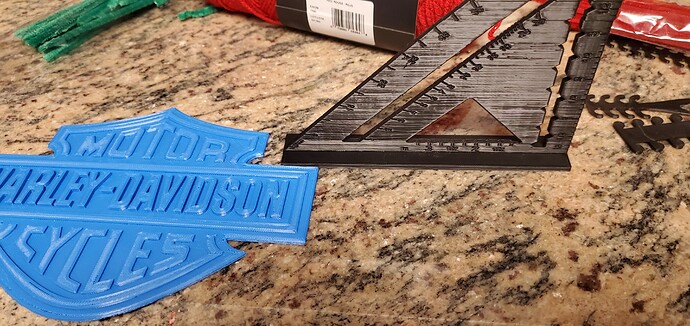I don’t think loosening a few or even several screws would create much of a problem… the rest will hold it in place. And you are not removing screws… but loosening so that it doesn’t pull the plate out of flat… there should be some tension in each screw. Finally, if you do get a rattle, place one or more shim(s) (there are specific metal washer shims as thin as .2mm; search Amazon; also consider large quality/flat fender washers to spread the bottom pressure… they are thick but you could put one under every screw and then shim from there) between the frame and the baseplate and you can go back and torque the bolts tight. Make sure you flatten across the baseplate in all directions… getting/borrowing a “perfect” straight edge is highly recommended. Working off of a verified flat 1/4” (6 mm) plate glass (glass allows you to turn all upside down and see gaps between the frame and the glass, and feller gauges are easily used in this manner), larger than the frame/baseplate will help. Keep in mind, glass is not necessarily flat; you must use a verified straight edge with, or without the glass.
I’m noobie to computer controlled tools (3D printing, laser engraving/cutting, CNC) but bring 50 years of woodworking experience. Yet in reviewing comments combined with my limited experience, it appears the vast majority of the issues with SnapMaker and almost every other computer controlled precision machine revolves around 1) getting a flat bed; 2) correctly setting the z-height setting and understanding “flat” is not “level”; 3) and getting ideas in/out of software to the printer/engraver/cutter.
Numbers 1 & 2 seem closely related and I hope to, but haven’t found a comprehensive (no, make that COMPREHENSIVE) discussion, both generic-ly and SnapMaker specific to getting a flat (and level) bed (including dealing with different beds (e.g., glass, purchased flexible “rubber”, metal, etc.), and then finding the right z diff (most have or can get feeler usages… need something more definitive than “a plastic card that pulls free but won’t push under?!?“ for different filaments, heat, etc., and then combine all that with filament and bed temperatures. I find lots and lots of bits and pieces, but I don’t find a “beginning-to-end” procedure/process (with the “why” you do something or why you care). Knowing why something innocuous is important and its many ramifications is key to getting users to not skip our skimp on it. Recommendations???
#3 is also an area I hope to find a comprehensive discussion that tells me what all those software settings mean/do; how to set them; how SnapMaker/most machines use that info (or which ones it can’t use), etc. this one is difficult as there are many different software packages and conventions out there but it would seem there can be a generic discussion with tables/appendices cross referencing the genetic discussion with a particular software and with a particular machine (especially those that are open source). I’m sure it must exist because those that work on open source software must know that “xxxx” means “yyyy” value on “zzzz” machine in “aaaa” software. But from my limited experience, it is not easy to find. Recommendations???
My frustration, in part, is these issues are quite complex yet generally dealt with superficially in forums like this with limited space and often not edited/re-edited pros. Example: my suggestion at the beginning of this discussion. A well organized presentation could allow one to skim the top yet dig down into the dirty detail where required.
















